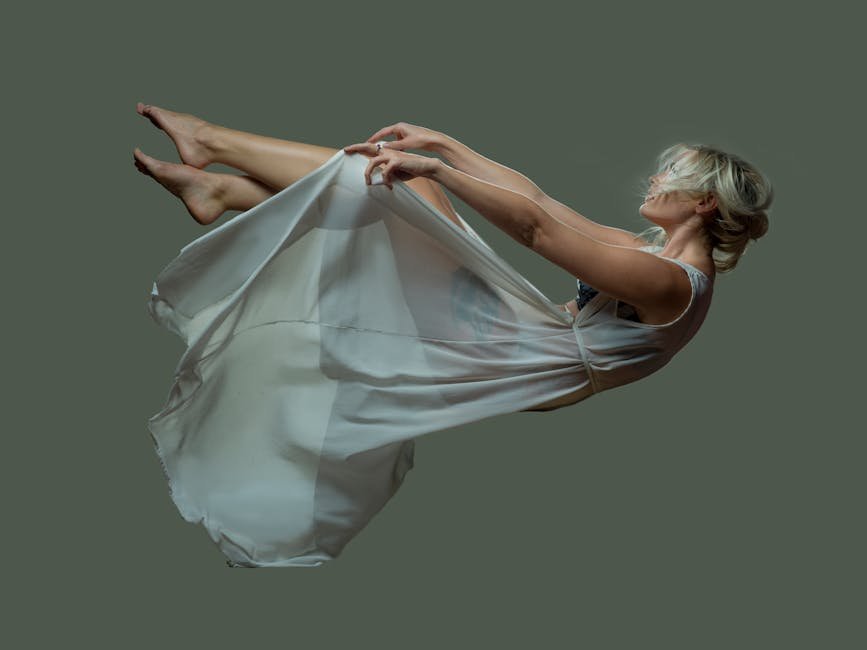I’ve always believed that a good brand is like a beautifully structured novel.
It has rhythm, foreshadowing, and metaphor. It doesn’t rush to tell you everything at once — it draws you in, page by page, until you begin to feel its voice as much as you understand it.
A good brand isn’t just seen — it’s read.
When I was building UMFD, I often felt less like an entrepreneur and more like a novelist — writing a story about scent, time, and emotion, about how, amid the world’s noise, we can find our own tempo again.
1. The Narrative Spine: The Soul of a Brand
Every great novel has a clear throughline. The plot may waver, but the emotion never does.
The same is true for branding: the soul of a brand isn’t its product — it’s its emotional stance. It’s the rhythm that runs through every touchpoint, from copy to scent to silence.
At UMFD, that throughline is simple: to make emotions visible.
It isn’t a slogan, but a creative logic — one that shapes how every fragrance is composed, how every space breathes, how every image leaves room for pause.
Like a good novel, each campaign, product, or story is merely a chapter — but the spirit that connects them all is the same invisible thread of feeling.
2. Character: The Depth of Brand Personality
What makes a novel unforgettable isn’t the twists of its plot, but the complexity of its characters — their contradictions, shadows, and growth.
I’ve never believed in perfect brand personalities.
I prefer brands that feel human: textured, emotional, a little imperfect — soft yet strong, poised yet unguarded.
In UMFD’s world,
Snowing Blossom embodies calm introspection.
Unique Mood For Dancing is freedom and sunlight.
Barefoot on the Rainbow is gentle independence.
and Awakening Green is life itself — damp, awake, alive.
Together, they form a mosaic of humanity — each scent a metaphor for a facet of being.
Like the characters of a novel, they don’t exist in isolation; they evolve through time, dialogue, and the reader’s (or wearer’s) imagination.
A living brand, like a living character, is never designed — it is written by time.
3. Structure: The Literary Rhythm of Brand Expression
When I design brand narratives, I think in chapters — not campaigns.
A piece of content needs the rise and fall of tension, the stillness between breaths.
The greatest danger in brand storytelling today is information overload. It’s like a novel that shouts every sentence, full of adjectives but empty of pulse.
True beauty lies in restraint.
In literature, one line can be more powerful than a page of dialogue; a single pause more evocative than any explanation.
UMFD’s structure follows this “literary breathing.”Its visuals are light, its tone unhurried, its language warm.
We don’t chase attention; we create resonance — an emotional aftertaste that lingers. The goal is not persuasion, but perception.
4. Metaphor: When a Brand Speaks Beyond Itself
The most moving novels are never about what they say, but what they leave unsaid.
Their power lies in the spaces between words — the invisible threads readers complete themselves.
Brands, too, should leave room for imagination.A brand that only declares “who it is” loses the poetry of discovery.
But one that speaks through texture, imagery, and tone invites the audience into collaboration.
At UMFD, we practice the art of suggestion.
We replace explanation with emotional resonance — so that when someone smells a scent or glimpses an image, they instinctively write their own story.
A brand’s true strength isn’t in controlling meaning — it’s in inviting co-creation.
5. The Final Chapter: Trust as the Emotional Resolution
A novel doesn’t end when the plot resolves — it ends when emotion lands.
The same is true for brands.
People don’t trust brands because they are perfect; they trust them because they recognize themselves within them.
I like to think of UMFD as an unfinished novel — one that every customer helps write.
Each person adds a new scene, a new note, a new memory of scent.
As the creator, my role is to protect the narrative skeleton — to keep the rhythm alive, to ensure the language keeps breathing, so the story can keep being read through time.
Epilogue
A brand, to me, is a long-form literature.
It doesn’t win attention through momentary spectacle but earns understanding through consistency, warmth, and truth of tone.
When a brand can be read, it gains life.
When it begins to write itself, it gains soul.
The best brands, like the best novels, don’t just tell stories — they breathe them.





